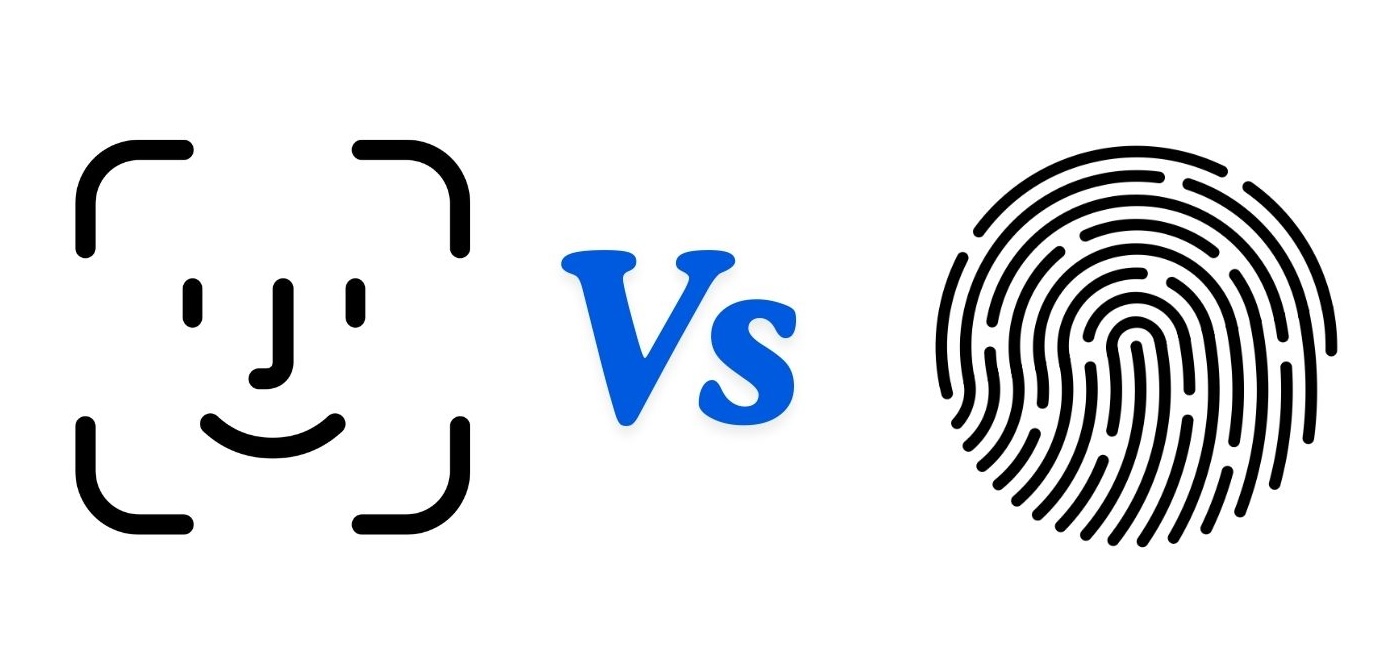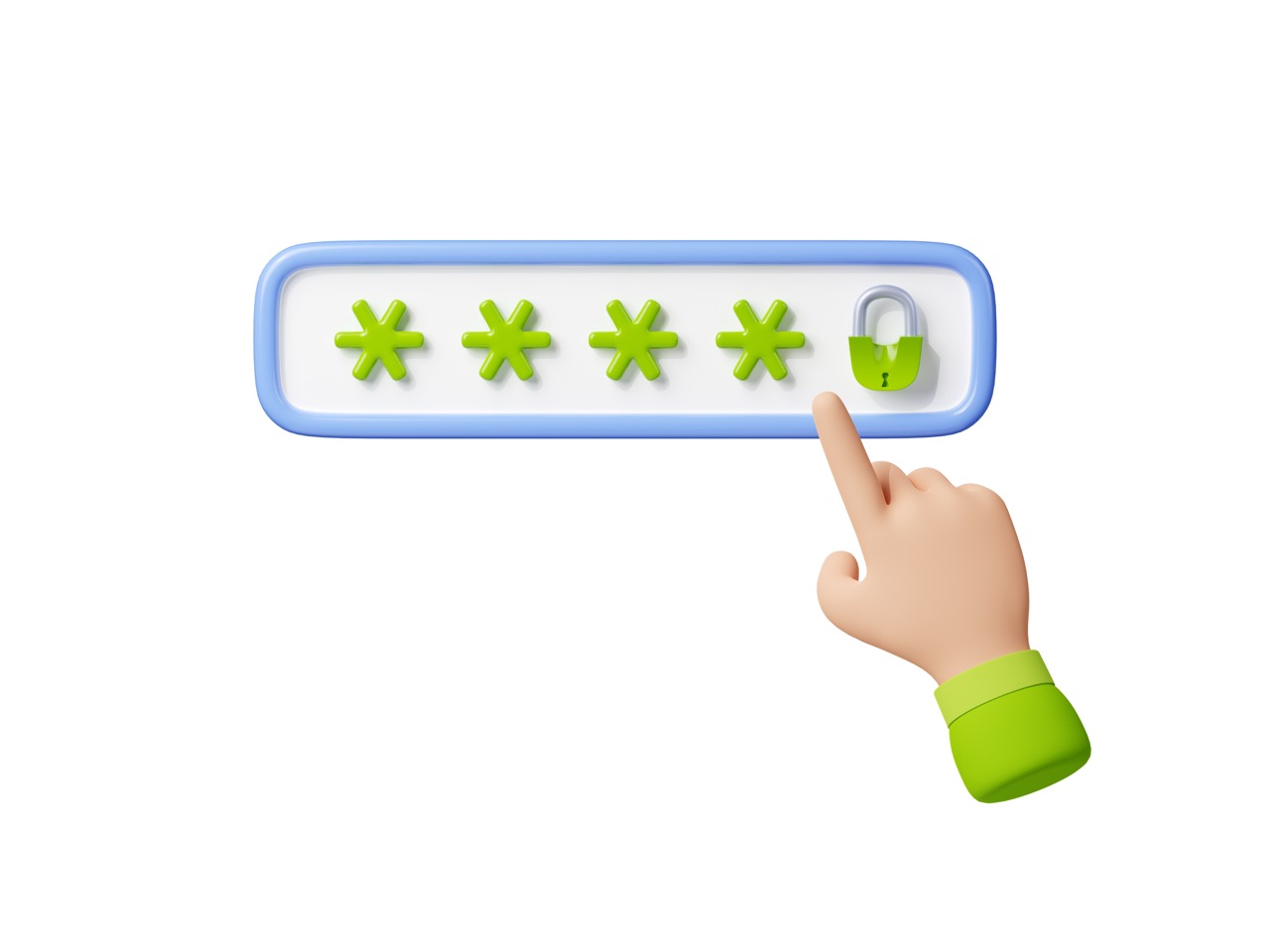One of the common debates that you will often see in the tech community is about Face ID (facial recognition) versus Touch ID (fingerprint recognition)—two popular ways to unlock modern devices. Of course, everyone has their preferences, which is why the debate over which is better will always continue. Over the past ten years, I’ve used gadgets with both technologies.
My older iPhones and recent MacBooks rely on Touch ID, while all the recent iPhones I have used since the iPhone XR use Face ID. Through this experience, I’ve noticed some differences in how convenient each method is, depending on the situation. In this article, I’ll share my thoughts on both technologies and explain which one I would choose for all my devices if I had to choose one option.
Face ID vs Touch ID: Usability and Everyday Experience
Experience with Face ID
Face ID is extremely convenient because you don’t have to do much to access your device. All I need to do is look at my iPhone and swipe up, and I’m on the home screen. It’s even better when signing into apps, especially banking apps, or when authorizing payments. Face ID authenticates automatically as long as I’m looking at the screen.
Over time, Face ID has also improved a lot, both on iPhones and iPads. It now works regardless of whether the device is in portrait or landscape mode for iPhone or newer and all iPads that support Face ID. It’s also advanced enough to recognize your face even if you’re wearing a mask or sunglasses. This makes it very practical in many situations, such as during cold weather or sunny days.
Experience with Touch ID
Touch ID, on the other hand, isn’t as seamless because it requires you to physically place your finger on a specific part of the device. For example, on my MacBook, I have to tap the Touch ID button located in the top right corner of the keyboard. It’s not a difficult action, but it’s definitely not as effortless as simply looking at the screen to unlock a device.
That said, Touch ID was slightly more convenient on iPhones that had the Home button compared to the Mac. The button was always within reach, and once you pressed it, you were instantly taken to the home screen—no additional swipe needed, unlike Face ID.
I also found Touch ID to be more practical in certain situations. For instance, when I’m driving and want to unlock my iPhone for someone else to play music, Face ID can be inconvenient. It requires me to look at the screen, which means taking my eyes off the road. With Touch ID, I can keep one hand on the steering wheel and use my other hand to unlock the device by simply placing my finger on the Touch ID sensor. This feels safer and more efficient.
Reliability
In terms of reliability, I’ve noticed that Face ID works slightly better. It works almost perfectly—probably 99.9% of the time, in my experience. On the other hand, Touch ID has been less consistent. It often struggles if my fingers are wet, oily, or not perfectly clean. Even when my fingers are fine, I occasionally need to try more than once.
On my Mac, I’ve experienced Touch ID being unresponsive if I’m using a non-Apple power adapter. After doing some research, I found that this issue is caused by the pressure from certain charging adapters interfering with the Touch ID sensor. If you encounter this problem, I recommend using an original or Apple-certified charger.
Face ID vs Touch ID: Security Comparison
Apple Claims that Face ID has a 1 in 1,000,000 chance of being fooled, while Touch ID has a 1 in 50,000 chance of a mismatch. Based on these findings, it is clear that Face ID is technically more secure. While these numbers highlight the technical differences, my personal experience with both technologies has also shaped my trust in them.
Face ID’s security feels more reliable because it uses advanced 3D facial mapping and requires your eyes to be open to unlock the device. This means that even if someone points the phone at your face while you’re sleeping, it won’t unlock. On the other hand, Touch ID doesn’t have such safeguards. If someone has physical access to your device, they can simply use your finger to unlock it while you’re asleep.
That said, both technologies are secure for most people and everyday use. However, I find Face ID gives me more peace of mind. It’s the assurance that no one can easily bypass the system without my active participation that makes me trust Face ID more.
Final Thoughts
Both Face ID and Touch ID have their strengths and weaknesses, and the choice between them often comes down to personal preference and specific use cases. Touch ID excels in situations where you can’t easily look at your device, offering practicality and speed. However, Face ID shines in convenience and security, especially with its hands-free functionality and safeguards against unauthorized access while sleeping.
After years of using devices with both technologies, I would choose Face ID for most of my devices. Its seamless integration, reliability, and enhanced security make it the superior option for me.
Related Posts
- AWS Lightsail vs. EC2 for WordPress: Which One Should You Choose?
AWS is still the world’s most popular cloud infrastructure platform, offering over 200 services to…
- Windows Vs Mac – Which One is More Secure?
For many years, Mac users have believed that their machines are immune to viruses and…





